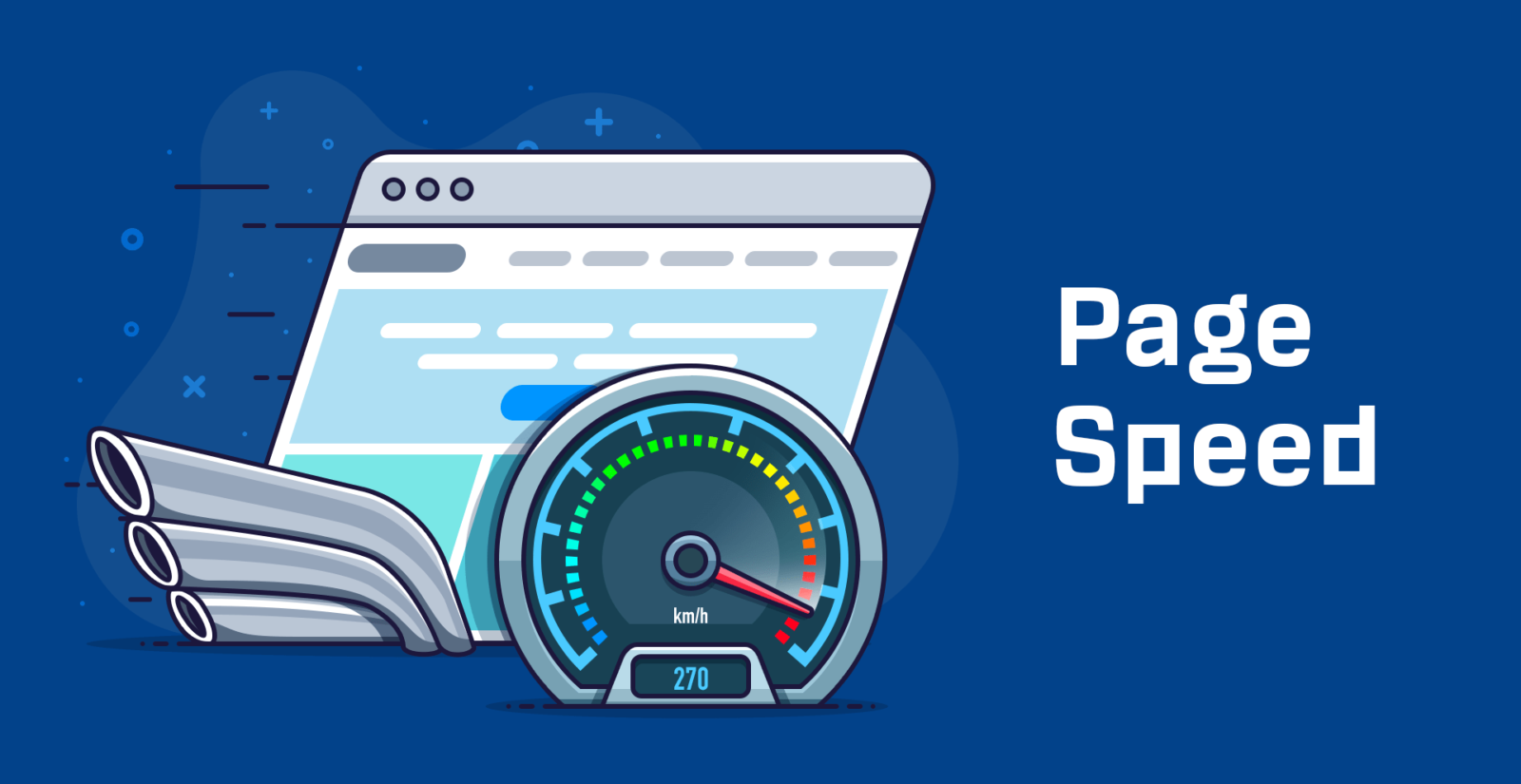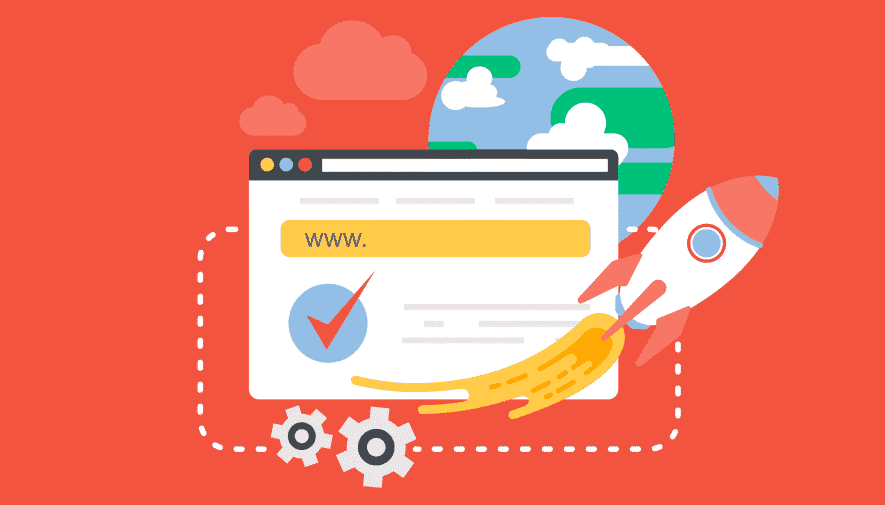
Website speed has become an essential aspect of user experience. The time it takes for a website to load can significantly impact the user’s perception of the website and ultimately affect their behavior. In this article, we’ll discuss the impact of website speed on user experience and provide some tips on how to optimize it for your website.
Why Website Speed Matters?
The speed of a website is crucial for user experience as it directly affects how users perceive your website. A slow-loading website can lead to frustration and annoyance for users, which can result in them leaving your website and never returning. This means you’re losing potential customers and opportunities to engage with them. Research has shown that website speed affects the bottom line of businesses. A study by Google found that a delay of just one second in mobile page load time can decrease conversion rates by up to 20%. Additionally, a website’s loading speed can impact its search engine rankings, as search engines like Google consider website speed as a ranking factor. Therefore, if your website is slow, it may rank lower in search engine results pages, reducing the number of visitors to your website.
The Impact of Website Speed on User Experience
A fast-loading website can have a positive impact on user experience in several ways. Here are some key benefits:
Better User Engagement: Users are more likely to engage with a website that loads quickly. They will be more inclined to spend time on your website and explore its content, which can lead to increased engagement and higher conversion rates.
Increased Customer Satisfaction: A fast-loading website can lead to higher levels of customer satisfaction. Users are more likely to have a positive experience on your website if it loads quickly, making them more likely to return in the future.
Improved Website Performance: Website speed can impact website performance in several ways. A fast-loading website can reduce bounce rates, increase time on site, and ultimately lead to better conversion rates.
How to Optimize Website Speed?
Now that we know the importance of website speed, let’s discuss some tips to optimize it.
1. Minimize HTTP Requests
When a user visits your website, their browser sends an HTTP request to the server for every file that needs to be loaded. This includes images, videos, CSS files, JavaScript files, and more. The more requests made by the browser, the slower your website will load.
To minimize HTTP requests on your website, start by removing any unnecessary files or code that is not being used. You can also combine multiple CSS and JavaScript files into one larger file to reduce the number of requests needed.
Another way to minimize HTTP requests is by using sprites for images. Sprites are essentially one large image containing all your smaller images. By doing this, you only need to make one request.
2. Optimize Images
Images can significantly impact the loading speed of your website. Large, unoptimized images can slow down your website, leading to a poor user experience. To optimize images, start by compressing them to reduce their file size without compromising on quality. You can use tools like Photoshop or online image compressors to achieve this.
Additionally, use the appropriate image format for your needs. For example, JPEG is suitable for photographs, while PNG is better for images with transparency. Another tip is to use responsive images that adjust their size based on the user’s device, ensuring that the images load quickly on all devices.
3. Enable Browser Caching
Browser caching allows your website to store certain files on a user’s device, so they don’t need to be downloaded again on subsequent visits. This can significantly reduce the loading time for returning visitors. To enable browser caching, you need to configure your server to specify how long certain files should be cached. This can be done by adding cache-control headers to your server’s configuration files. By doing this, you can ensure that your website loads quickly for returning visitors, improving their overall experience.
4. Use a Content Delivery Network (CDN)
A Content Delivery Network (CDN) is a network of servers distributed across various locations worldwide. When a user visits your website, the CDN serves the content from the server closest to the user’s location. This can significantly reduce the loading time of your website, as the data has to travel a shorter distance. Using a CDN can also help distribute the load on your server, ensuring that your website remains fast and responsive even during high traffic periods. There are several CDN providers available, such as Cloudflare, Akamai, and Amazon CloudFront, that you can use to improve your website’s speed.
5. Minify CSS, JavaScript, and HTML
Minifying your CSS, JavaScript, and HTML files can help reduce their file size, leading to faster loading times. Minification involves removing unnecessary characters, such as spaces, comments, and line breaks, from the code without affecting its functionality. There are several tools available, such as UglifyJS for JavaScript and CSSNano for CSS, that can help you minify your files. By doing this, you can ensure that your website loads quickly, providing a better user experience for your visitors.
6. Reduce Server Response Time
The time it takes for your server to respond to a request can significantly impact your website’s loading speed. To reduce server response time, start by choosing a reliable hosting provider that offers fast and responsive servers. Additionally, optimize your server’s configuration to ensure that it can handle the load efficiently. This may involve upgrading your server’s hardware, using a faster database, or optimizing your server’s software. By reducing server response time, you can ensure that your website loads quickly, providing a better experience for your users.
7. Implement Lazy Loading
Lazy loading is a technique that delays the loading of non-essential content, such as images and videos, until they are needed. This can significantly reduce the initial loading time of your website, as only the essential content is loaded first. To implement lazy loading, you can use JavaScript libraries, such as LazyLoad or Intersection Observer, that automatically load content as the user scrolls down the page. By doing this, you can ensure that your website loads quickly, providing a better user experience for your visitors.
8. Optimize Your Website’s Code
Optimizing your website’s code can help improve its loading speed. Start by removing any unnecessary code or plugins that are not being used. Additionally, ensure that your code is clean and well-organized, making it easier for the browser to parse and execute. You can also use tools like Google’s PageSpeed Insights to identify areas where your code can be optimized. By doing this, you can ensure that your website loads quickly, providing a better user experience for your visitors.
9. Use Asynchronous Loading for CSS and JavaScript
Asynchronous loading allows your CSS and JavaScript files to load independently of the rest of the page. This can significantly reduce the loading time of your website, as the browser does not need to wait for these files to load before rendering the rest of the page. To implement asynchronous loading, you can use the “async” or “defer” attributes in your HTML code. By doing this, you can ensure that your website loads quickly, providing a better user experience for your visitors.
10. Monitor Your Website’s Performance
Regularly monitoring your website’s performance can help you identify any issues that may be affecting its loading speed. Use tools like Google’s PageSpeed Insights, GTmetrix, or Pingdom to analyze your website’s performance and identify areas for improvement. By doing this, you can ensure that your website remains fast and responsive, providing a better user experience for your visitors.
Conclusion
In conclusion, website speed is a critical factor that can significantly impact user experience and the overall success of your website. By optimizing your website’s speed, you can ensure that your visitors have a positive experience, leading to increased engagement, higher conversion rates, and improved search engine rankings. Implement the tips discussed in this article to optimize your website’s speed and provide a better user experience for your visitors.


























